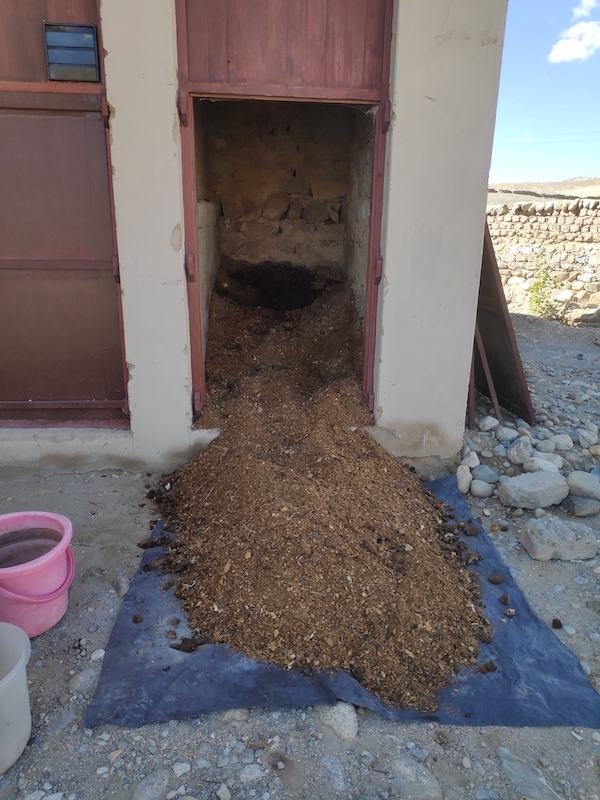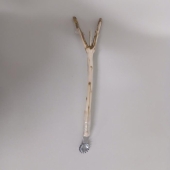
 3
3




 14
14




Life is too short or my list is too long, not sure which.
 3
3




If I am not for myself, who will be for me?
If I am only for myself, what am I?
If not now, when?
 5
5








Life is too short or my list is too long, not sure which.
 3
3




“Uncertainty is an uncomfortable position. But certainty is an absurd one.”
― Voltaire
 6
6




Life is too short or my list is too long, not sure which.
 2
2




“Uncertainty is an uncomfortable position. But certainty is an absurd one.”
― Voltaire
 1
1




Life is too short or my list is too long, not sure which.
 8
8




 8
8





 6
6




 5
5




Michael Helmersson wrote: Poop is gonna be a real conversation grenade.
 1
1






 1
1




 3
3




 1
1




"Also, just as you want men to do to you, do the same way to them" (Luke 6:31)
 6
6








Karen Rickers wrote:since I found the right sawdust, all has been well.

 1
1




Dian Hong wrote:What kinds of sawdust work best?

Works at a residential alternative high school in the Himalayas SECMOL.org . "Back home" is Cape Cod, E Coast USA.
 4
4








 6
6




![Filename: emergency-humanure-bucket.jpg
Description: [Thumbnail for emergency-humanure-bucket.jpg]](/t/41822/a/249991/emergency-humanure-bucket.jpg)
 2
2




Alex Freedman wrote:Those of you who have transitioned to something other than a water flush toilet, how did you transition?
Please share your transition stories.
What form of 'toilet' do you utilize on a regular basis?
What are your reasons for choosing this form?
Have you used other forms of composting toilets? if so, which ones?
Thank you in advance.
 3
3




 1
1




 3
3




 3
3




 6
6




 5
5




 2
2




 2
2




















row row row your boat, gently down the stream
merrily merrily merrily, merrily, life is but a dream.

|
Do or do not. There is no try. --Yoda ... this tiny ad thinks Yoda is a dumbass:
The new kickstarter is now live!
https://www.kickstarter.com/projects/paulwheaton/garden-cards
|








